History and kinds of alternative food
There are various alternative foods in Japan!
On "Doyo no Ushi (day of the ox)," it is customary in Japan to eat broiled eels called Kabayaki. For a long time, broiled eel was the mainstream, but in 2016, "Kabayaki catfish" was introduced. Until now, there have been restaurants throughout Japan that serve catfish. However, Kabayaki catfish farmed by Kinki University became the talk of the town when the supermarket Aeon began selling it at a price 30% cheaper than eels. The fish had a reputation for being soft and fatty, with no muddy smell, but is now on a bit of a decline.
The background to the appearance of these eel substitutes is the fear that Japanese eel stocks are declining and may become extinct. In fact, in 2000, Japan consumed a total of 150,000 tons of eels, but by 2015, this figure had dropped to 50,000 tons, one-third of the total. In addition, the amount of Japanese glass eel, the juvenile Japanese eel, collected in Japan was 232 tons in 1963, but by 2016 it had decreased to 14 tons.
There are many other alternative foods that the Japanese eat. As foods that were normally distributed have become luxury foods, similar foods have become substitutes. One example is a substitute for abalone called "Loco-gai. This mollusk is caught along the Pacific coast of South America and was previously distributed under the name "Chilean abalone. When ordered at a restaurant, 10 pieces cost about 500 yen(about 4 dollars) and tasted almost the same as abalone.
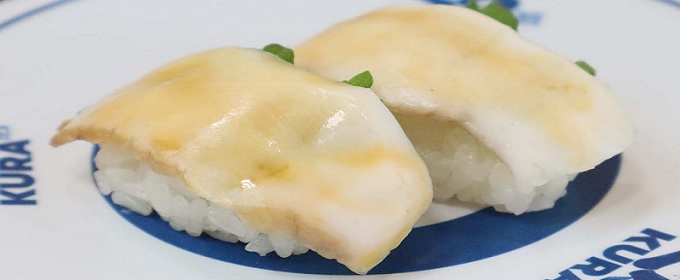
There is also a fish called Kawafugu, which is farmed in the Hida region of Gifu Prefecture and has become a local specialty. The name "Kawafugu" is no longer used, but it can be read as "blowfish caught in the river. This is the American catfish, which is native to the United States. As for Shishamo, capelin is also distributed as a substitute for shishamo.
There are also artificial alternative foods. Developed in Japan is artificial salmon roe, a substitute for salmon roe. This product was developed by Nippon Carbide Industries Co. and contains salad oil and seaweed extract. It used to be offered at conveyor-belt sushi restaurants, but recently it is no longer distributed because natural salmon roe is cheaper.
A masterpiece of alternative food originating in Japan is "Kani-kama. This is a product made by forming frozen pollock surimi and then coloring the surface red with natural coloring. In 1979, a Japanese food machinery manufacturer developed the manufacturing equipment that made mass production possible. It is now a favorite healthy food not only in Japan, but also in the United States, Russia, France, Italy, Brazil, and other countries.
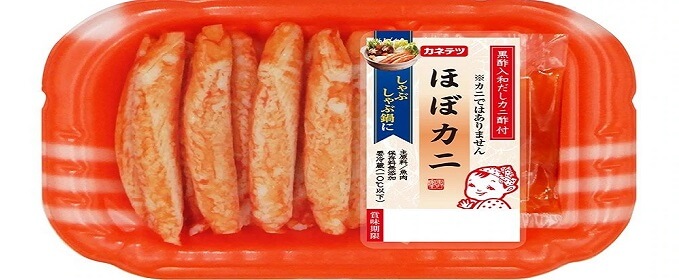
In addition to these, a variety of other alternative foods have been developed in recent years. Many alternative meat ingredients include beans and wheat, and various companies in Japan are marketing soybean meat. Milk substitutes include soy milk, oats milk, and almond milk. They are favored by those who are allergic to cow's milk. Cheeses, ice cream and yogurt made with soy milk and other ingredients are also available.
A company called Shinmei has developed a cheese made from rice, a staple food in Japan. It is made from glutinous rice flour, it stretches and shrinks like cheese. It is also flavored with sakekasu, a fermentation flavor similar to cheese. Bread made with rice flour substituted for wheat flour and spaghetti made with tofu are also available. Even scrambled eggs made from soy milk have been developed by Kewpie Co..
If you come to Japan on vacation, it might be interesting to eat alternative foods that are not available in your country.
- There are various octopus and octopus dishes!?!?
- Tamago was eaten from the Edo period!?
- 3 types of scallop sushi in Japan!?
- Various kinds of uni and dishes in Japan!?
- Engawa is derived from Japanese architecture!?
- Gari is well known as appendage to sushi!?
- Various sea bream and dishes in Japan!?
- Kanpyo-maki is is one of the sushi for finishing off!?
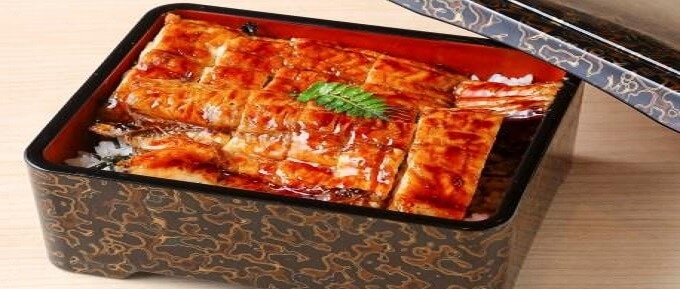
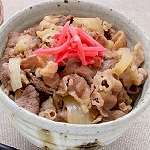 Gyudon
Gyudon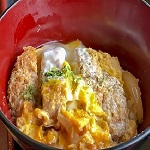 Katsudon
Katsudon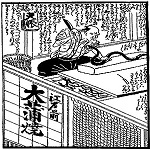 Unadon
Unadon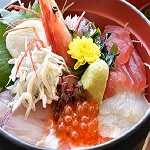 Kaisendon
Kaisendon